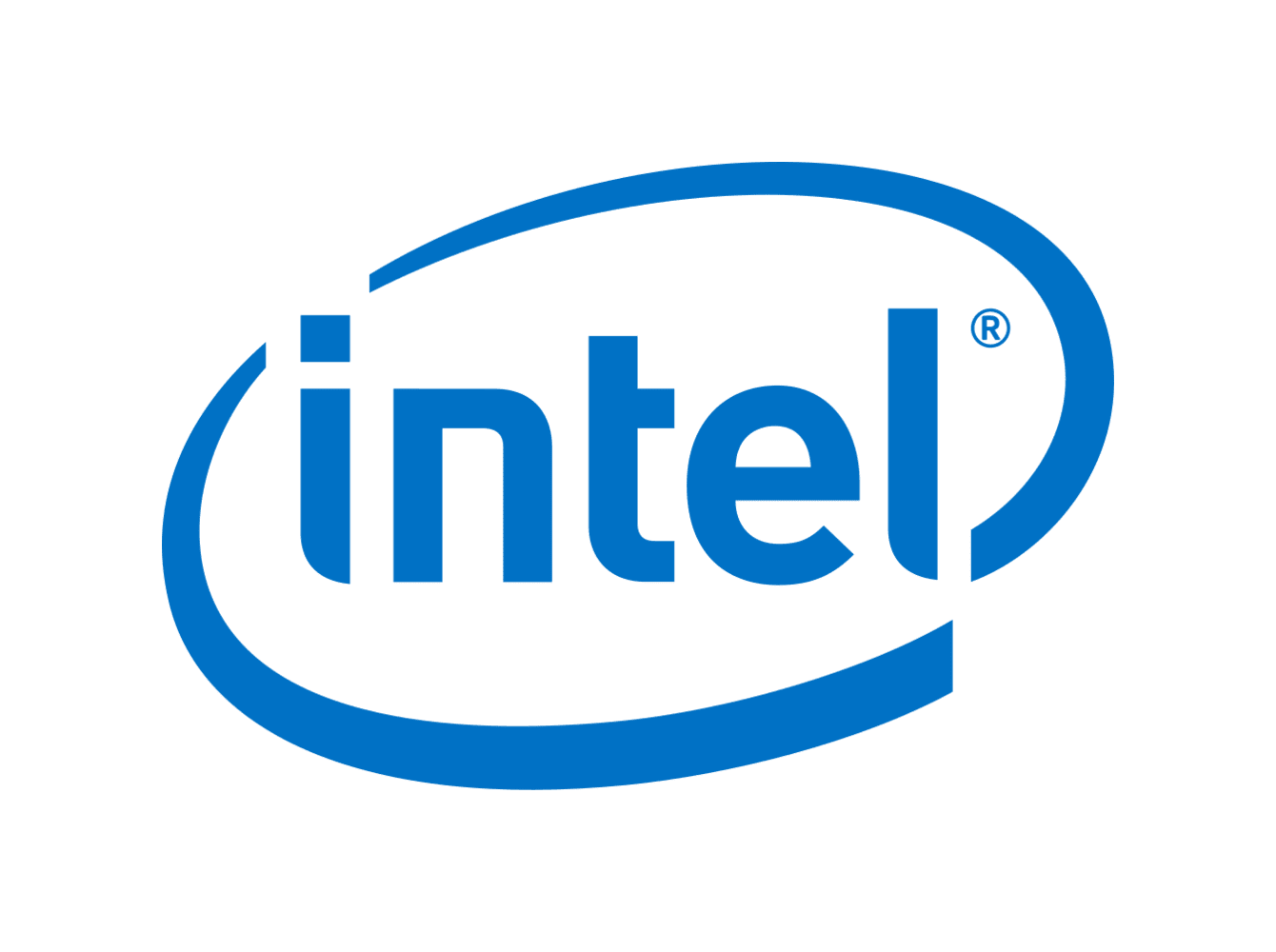
The fun fact is that it actually costs more to do this for the licence at least ISA licence is more expensive than the core net list licence, which is more expensive than the implemented core design licence.
If that translates to the royalties, then Apple would pay more per chip than Samsung, and they are paying more than someone using a stock core.
Why? Because they can.
Because anyone whom wants an ISA licence to design their own core from scratch has a ton of money to spend and thus arm charges them more.

Because XT60 has current rating, but no voltage standardization.
EPS 12V is better. It’s good up to 300W easily, and two of them would work for any GPU and it’s no bigger than an 8-pin PCIE